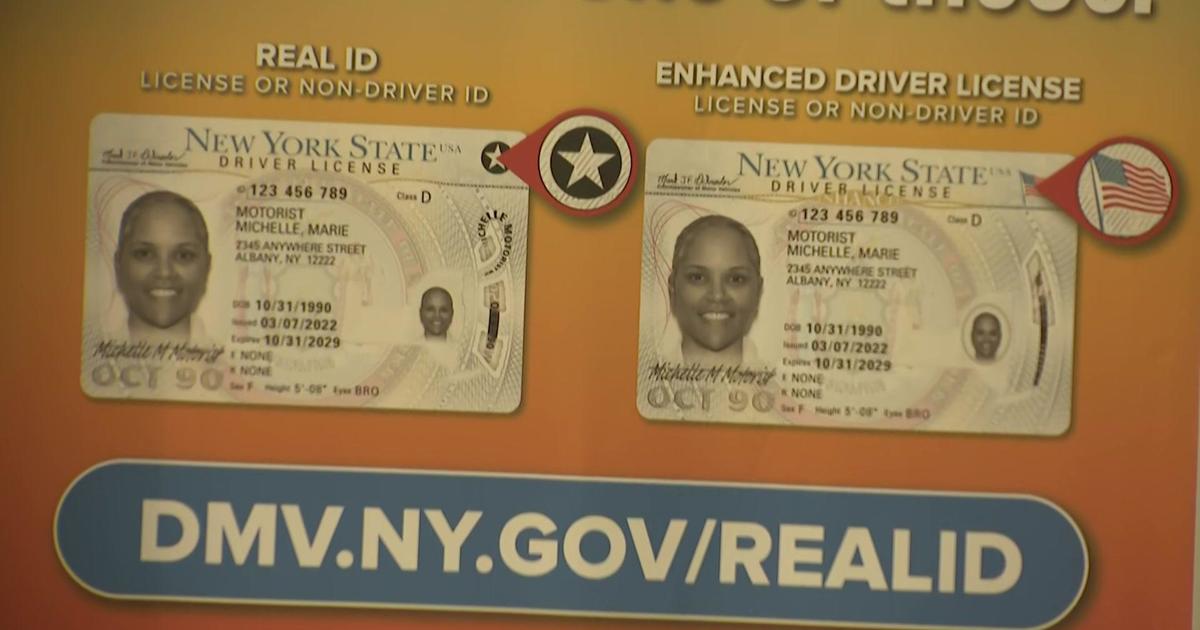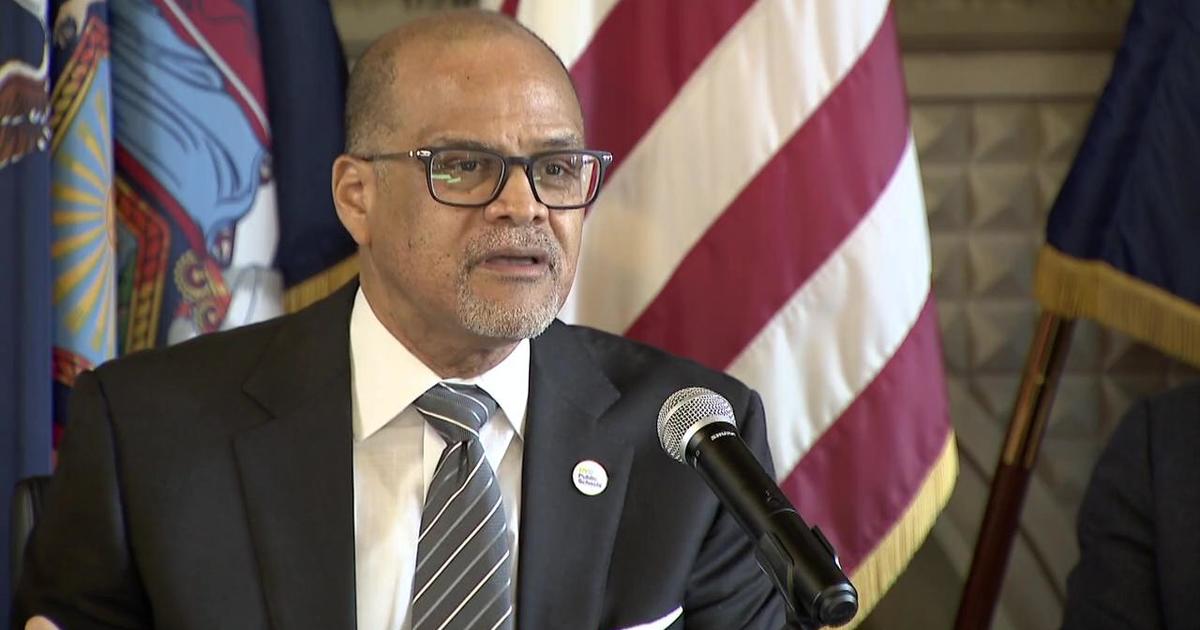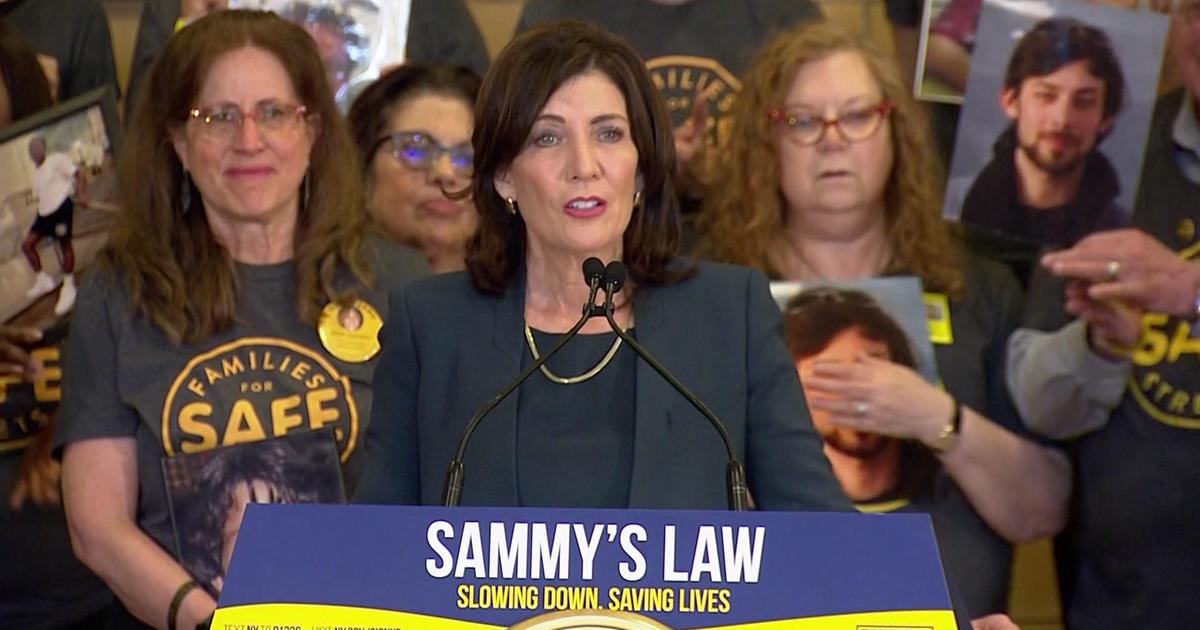Drinking Dirty Water: Is America's Water Safety In Jeopardy?
Civilization is only as strong as its water supply. Communities and cities, as well as their economic stability, can quickly and easily be bruised, if not toppled, by the unchecked outbreak of waterborne microbes such as viruses and bacteria. Subtler, long-term mayhem may be wrought upon the bodies of our citizenry by the preponderance of chemicals, hormones and pharmaceutical by-products thought to lurk in the water supplies servicing countless American municipalities from sea to shining sea. Despite good intentions and the federally sanctioned Safe Drinking Water Act, are you and your family drinking dirty water? If so, what can you do about it?
American awareness of, and opposition to, environmental pollution catapulted Congress to pass the Safe Drinking Water Act in 1974. The Act afforded watchdog powers to the newly formed Environmental Protection Agency (EPA) and sanctioned its ability to set limits on the amount of chemical flotsam and jetsam our water supplies, ecosystem and bodies could handle. A whopping 91 contaminants and their levels are currently regulated by the Water Act, yet more than 80,000 chemicals are currently registered for use in the United States, with an additional 2,000 being added annually, many of which may find their way into our water supply. This is on top of naturally occurring chemicals which can impact our environment through acts of nature, such as floods or hurricanes, as well as improperly disposed of animal and human waste.
The Act also afforded the EPA authority over our nation's water suppliers in an attempt to maintain implementation of its standards. Over 160,000 public water systems currently supply drinking water to the American public. A widely cited 2009 report in The New York Times determined that at least 20 percent of America's water treatment plants were, or had been, out of either communication with the EPA or out of compliance with the Safe Drinking Water Act at various points, causing concern and even panic about the toxic load inherent in drinking water. Ironically, many chemicals currently considered to be the most dangerous to our health such as Bisphenol-A (BPA), used in the construction of water delivery pipes, are not even on the list of those regulated by the Safe Drinking Water Act.
In an attempt to expand upon protection of the American public's water supply, the EPA altered its approach to identifying water-borne contaminants in 2010. Despite these changes, our water is not nearly as clean or as safe as it could be, with wide variances existing from state to state. In many areas, the chemical industry's opposition to regulation, human error, non-compliance of water supply systems and possibly even fracking are all factors impacting upon the chemical load we intake every time we turn on a faucet.
What can the average family do? We can't stop drinking, bathing or utilizing water for cooking but there are several steps which may afford some safety from our daily exposure to water-borne contaminants.
- Know your water supply. If you rely on well water, it may make sense for you to have your water privately tested as these come from private, rather than public water systems. If you do get your water from public water systems, periodically check out where your state stands in numbers of violations and the types of chemicals that are of concern. Currently, Nebraska has one of the highest rates of reported health violations and Georgia has one of the lowest.
- Know your family. Some people are more sensitive to chemical exposure than others, such as infants and small children, the elderly and individuals living with autoimmune issues or diseases such as cancer.
- Speak out. If your water supply shows a high number of violations, let your local representatives know of your concerns and ask them what steps are being taken to bring about better compliance.
- Be proactive. Consider getting a water filter system for your home but be aware that not all water filter systems are the same. If you have identified specific toxins you wish to remove, you will want to choose a filter specifically designed for that purpose. The Environmental Working Group has published a water filter buying guide by chemical that can help you to choose the right filter for your local area.
The joys of a pristine water supply may no longer be possible, given our planet's reliance on chemicals. As daunting as it may seem, small steps can help to lower your exposure to toxins and contaminants, thus affording you and your family some level of safety in a chemically-laden, unsafe world.
Corey Whelan is a freelance writer in New York. Her work can be found at Examiner.com.



